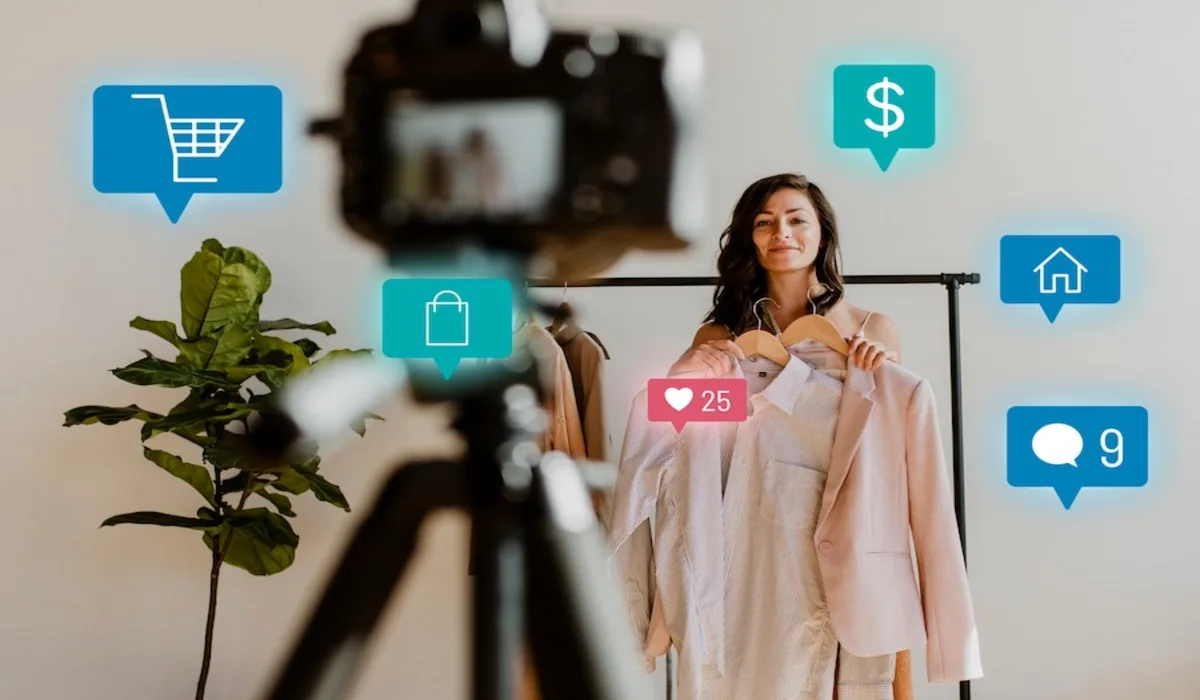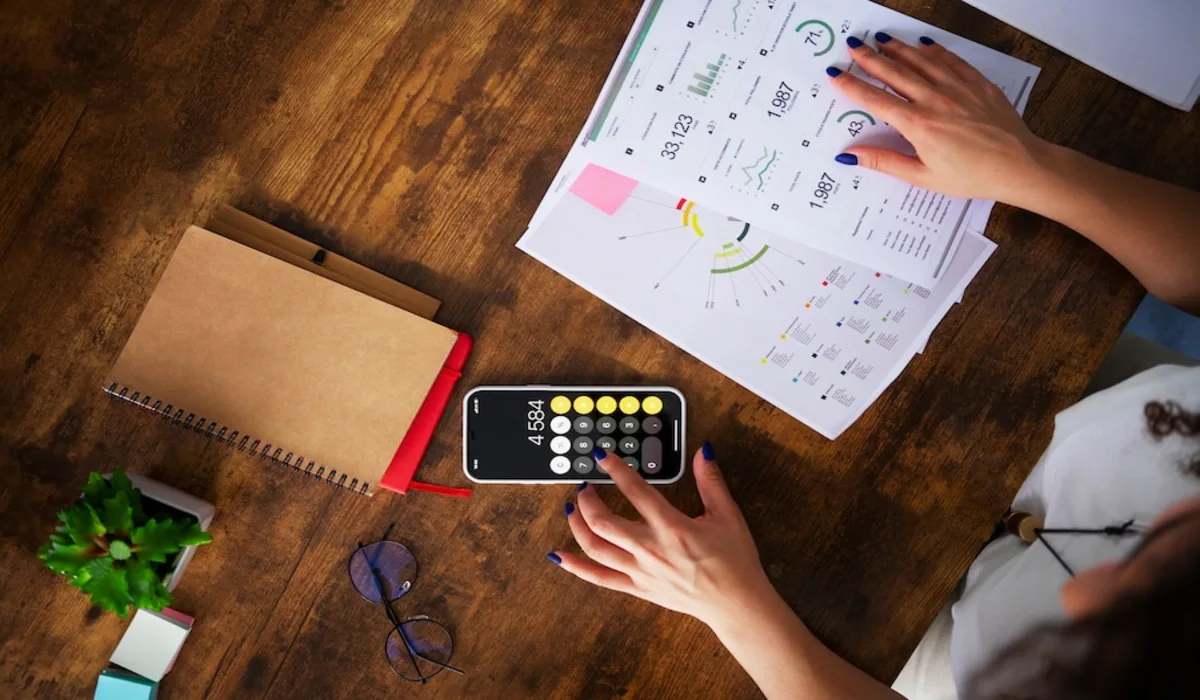
In the ever-evolving landscape of digital marketing, businesses across the world are turning to social media platforms to make their voices heard. Among these platforms, Instagram has risen to the top as one of the most powerful tools for businesses to connect with their target audience. With its visually-driven layout and billions of active users, Instagram is an attractive venue for advertising, but as with any advertising strategy, the question remains: what’s the cost of Instagram ads, and are they worth the investment?
Whether you are a small business owner, a large corporation, or an influencer looking to elevate your brand, Instagram advertising offers a wealth of opportunities. However, before diving into Instagram ads, it’s crucial to understand the different types of ads, their costs, and the factors that influence the price you’ll pay. Additionally, finding ways to maximize your ad spend to get the best return on investment (ROI) is just as important.
Let’s break down everything you need to know about the advertising cost on Instagram and how you can optimize your campaigns.
What Are the Different Types of Instagram Ads?
Instagram offers a variety of ad formats designed to suit a range of business objectives. These ads seamlessly blend into the user experience, often making it hard for viewers to distinguish between organic content and sponsored posts. Let’s take a closer look at the different types of Instagram ads and how each one serves specific business goals.
- Story Ads: Instagram stories are arguably one of the most popular features on the platform, with millions of users checking them daily. As such, Story Ads are a highly effective way for businesses to reach their audience. These ads appear full-screen and have an immersive, no-distraction format that can showcase up to 15-second videos. Story ads also include interactive elements such as swipe-up links, stickers, and CTA buttons. With their higher engagement rates compared to regular feed ads, Story Ads are perfect for businesses looking to connect with users in a dynamic, visually-driven manner.
- Photo Ads: The classic Photo Ads are the most commonly used ad format on Instagram. These ads are designed to capture attention through high-quality imagery while blending seamlessly into the feed. These ads typically include a “Sponsored” label, a clear call to action (CTA), and a striking image that communicates the essence of the brand. Since Instagram is known for its creative and visually compelling content, it’s crucial that businesses create high-quality photos that align with their brand’s identity.
- Video Ads: Video Ads are similar to photo ads, but with the added advantage of motion. These ads can be up to 60 seconds long and automatically play when users scroll past them. Video ads are effective at telling a story or demonstrating a product in action. Since they can evoke emotional responses and better communicate complex ideas, these ads tend to have higher engagement levels. However, it’s important to note that videos play without sound by default, so businesses should optimize their videos to be engaging even without audio.
- Carousel Ads: For businesses that want to show off more than one product or feature, Carousel Ads are an excellent choice. Carousel ads allow advertisers to showcase up to 10 images or videos in a single ad. Users can swipe through the images or videos, making it an interactive and engaging experience. These ads are perfect for businesses with multiple products, services, or offers that they want to showcase in a single campaign.
- Shopping Ads: For e-commerce businesses, Shopping Ads are a game changer. These ads allow users to browse and purchase products directly within the Instagram app. With the Instagram checkout feature, users don’t have to leave the platform to complete a purchase, making the process seamless and convenient. Shopping ads are extremely effective for businesses with tangible products, as they allow users to directly shop without any friction.
- Collection Ads: Collection Ads combine elements of carousel and shopping ads. These ads feature a cover image or video along with smaller images that represent different products from a business’s catalog. When a user taps on the ad, they’re directed to a full-screen landing page showcasing the products. Collection ads are ideal for businesses that want to create an immersive shopping experience within Instagram.
- Explore Ads: Instagram’s Explore page is where users go to discover new content, and placing ads here can help businesses reach people who aren’t already following them. Explore ads can appear in both photo and video formats and expand to full-screen when users tap on them. This ad type is especially useful for businesses looking to expand their reach and attract new followers.
- Reels Ads: As Instagram Reels continues to grow in popularity, businesses can now advertise within this feature. Reels Ads are 15-second vertical videos that can include music, effects, and other creative elements. Since Reels has a unique format and audience, businesses need to craft highly creative, short-form content that aligns with the Reels aesthetic. These ads are designed to blend naturally into the Reels feed, making them less intrusive while still delivering impactful results.
Understanding the Costs of Instagram Ads
Now that we know the various types of Instagram ads available, it’s time to dive into the numbers: How much do Instagram ads cost?
The Instagram ads price varies significantly based on a number of factors, including the type of ad, target audience, and bidding strategy. On average, businesses can expect to spend the following:
- Cost Per Click (CPC): The average cost per click on Instagram ads ranges from $0.25 to $2 or more, depending on your industry, target audience, and bidding strategy. If you’re spending $500 on an ad campaign that receives 1,000 clicks, you’re looking at an average CPC of around $0.50.
- Cost Per 1,000 Impressions (CPM): CPM, which refers to the cost per 1,000 impressions, generally falls between $4 to $10. This metric tracks how many times your ad is displayed, regardless of whether users click on it.
- Cost Per Engagement (CPE): This cost is determined by the number of engagements (likes, comments, shares, follows) your ad generates. The cost can range from $0.03 to $0.11 per engagement action.
Monthly Spend on Instagram Ads
For a typical Instagram ad campaign, businesses may spend anywhere from $500 to $5,000 per month. However, this will depend on the size of your business, the goals of your campaign, and your target audience. Meta, Instagram’s parent company, recommends starting with a budget of $5 per day, or about $150 per month for each ad campaign.
It’s important to note that Instagram ads operate on an auction-based system, which means that you’re bidding against other advertisers for ad space. The more you bid, the more likely your ads will be shown to your target audience. This auction system can significantly impact the cost of Instagram ads, especially if you’re in a highly competitive industry.
Factors That Influence Instagram Advertising Costs
Several key factors can affect how much you pay for Instagram ads. Here are the main variables that influence Instagram advertising prices:
- Bid Amount: The bid amount refers to how much you’re willing to pay per click, impression, or engagement. If you bid lower than your competitors, your ad may not be shown as frequently. Conversely, a higher bid increases your chances of having your ad displayed. Businesses can choose between automatic or manual bidding, with automatic bidding helping to optimize your budget.
- Ad Relevance Score: Instagram uses a system that rates the relevance of your ad based on how well it resonates with your target audience. If your ad garners positive engagement (likes, comments, shares), it will rank higher in the auction and result in lower costs per impression. High-quality, engaging ads will typically yield better results at a lower cost.
- Estimated Action Rates: Instagram predicts how likely users are to take a specific action after seeing your ad (such as making a purchase or visiting your website). The higher the probability that users will engage with your ad, the lower the Instagram ad cost per month or impression you’ll pay. Instagram rewards well-performing ads with lower advertising costs.
- Competition and Timing: Competition for ad space can significantly impact the Instagram ads price. If several businesses are targeting the same audience, the Instagram ad rates can increase. Additionally, the timing of your ad campaign plays a role. Advertising during peak seasons (such as holidays) or at highly competitive times can lead to higher costs.
- Target Audience: Targeting a highly specific and competitive demographic will increase your Instagram paid ads cost. Conversely, targeting a broader, less competitive audience tends to lower your ad costs. For example, targeting millennials interested in fashion will likely be more expensive than targeting a general audience.
Also Read: Top 11 Instagram Shopping Features for Maximum eCommerce Sales
How to Maximize Your ROI on Instagram Ads

Investing in Instagram ads can yield impressive results, but to get the best return on your investment, it’s essential to follow a few best practices:
- Create High-Quality Content: The key to a successful Instagram ad campaign is creating high-quality content that resonates with your audience. Invest in professional photography, videography, and compelling copywriting to create ads that stand out. Remember, Instagram is a highly visual platform, and your content needs to be as engaging as possible.
- Leverage Analytics: Track the performance of your ads using Instagram’s built-in analytics tools. Monitor key metrics such as click-through rates, engagement rates, and conversions. Use this data to adjust your campaigns and optimize them for better performance. A/B testing different ad creatives, targeting options, and bidding strategies can also help identify what works best.
- Use Targeting Options Wisely: Instagram offers a variety of targeting options, such as demographic targeting, interest targeting, behavior targeting, and more. Be sure to narrow your audience to those most likely to engage with your content. The more specific your targeting, the more cost-effective your campaigns will be.
- Optimize for Conversions: Instagram ads should not only focus on generating awareness but also drive conversions. Make sure your ads have clear, compelling calls to action (CTA), such as “Shop Now” or “Learn More.” Additionally, consider running ads that lead to a dedicated landing page optimized for conversions.
- Monitor and Adjust Your Budget: Instagram allows businesses to set daily or lifetime budgets. Keep a close eye on your ad performance, and adjust your budget accordingly. If a campaign is performing well, consider increasing your budget to capitalize on the momentum. If an ad is underperforming, cut back and reallocate your budget to more successful campaigns.
To Wrap
It’s important to remember that the success of Instagram ads doesn’t solely depend on budget size. In fact, a well-targeted, creative campaign can often outperform a larger campaign with less effective messaging. Success lies in the ability to connect with your audience on a deeper level through compelling visuals, engaging copy, and a strong call to action. Instagram’s visual nature demands high-quality content, and businesses that prioritize content creation and invest in captivating visuals will undoubtedly see better results.
Moreover, the platform’s continued growth, with new features like Reels, Stories, and Shopping, provides an even greater opportunity for brands to diversify their ad strategies. Businesses can stay ahead of the curve by experimenting with new ad formats and integrating these tools into their marketing campaigns. The future of Instagram ads seems promising, and those who are able to adapt quickly to new trends and technologies will be able to harness the platform’s full potential.
At the end of the day, Instagram ads are an investment, and while they may require an upfront cost, they can offer significant returns when executed correctly. Whether you’re a small business owner or part of a global corporation, Social media marketing offer a valuable opportunity to enhance your brand’s visibility and connect with your audience. Understanding the nuances of Instagram paid ads, Instagram ads cost, and optimization techniques will be your key to success. Keep your goals clear, monitor performance consistently, and adjust your campaigns for maximum ROI.
Anshika Harjani
Anshika Harjani is the Senior Social Media Manager at EvenDigit, bringing over 10+ years of expertise in driving impactful social media marketing strategies. Leading a dynamic pack of social media experts, she has a strong track record developing high-performance campaigns for global clients across diverse industries. With expertise in Meta Ads, paid social campaigns, and organic growth, Anshika empowers businesses to dominate their social media game, fostering meaningful engagement and measurable results that set brands apart in the competitive digital landscape. Read More




